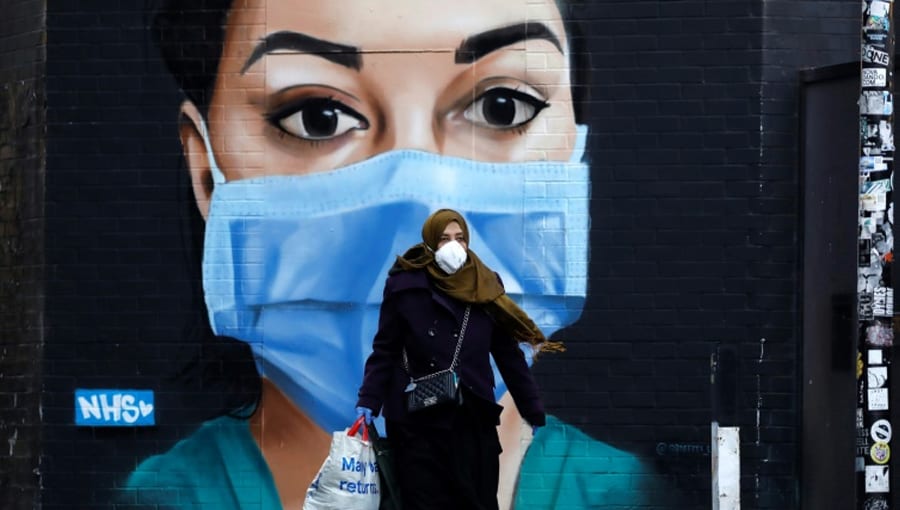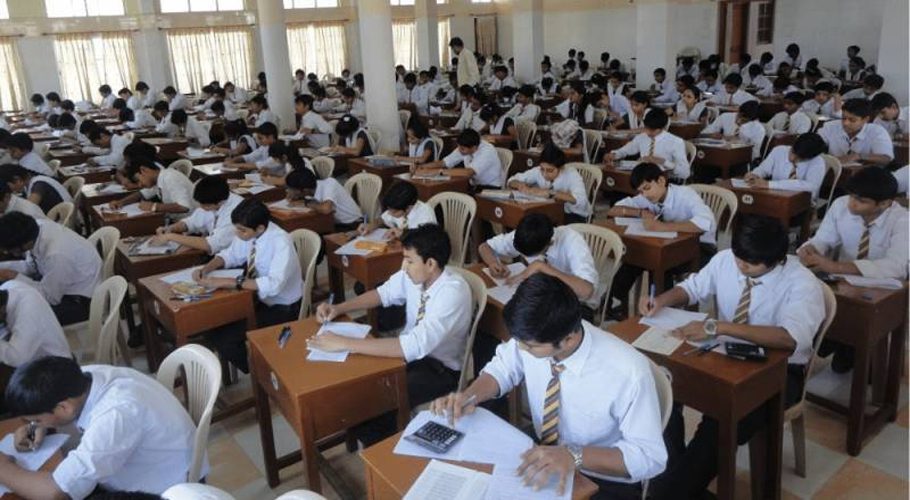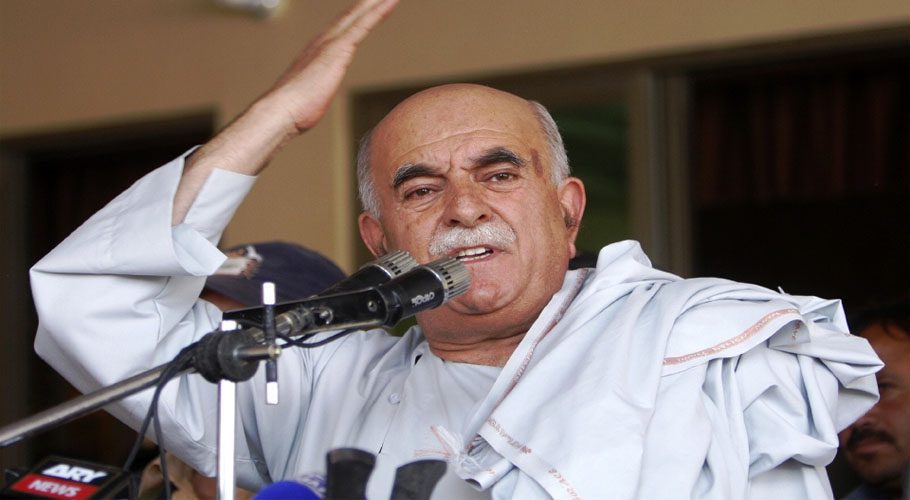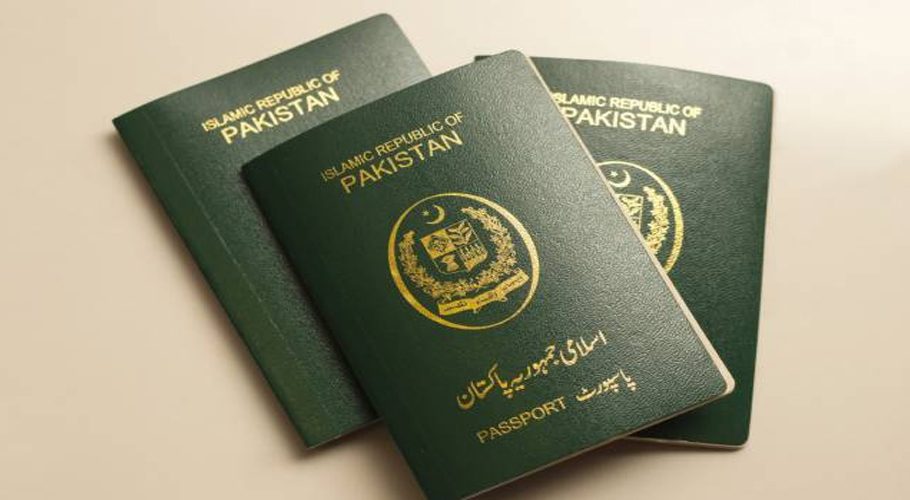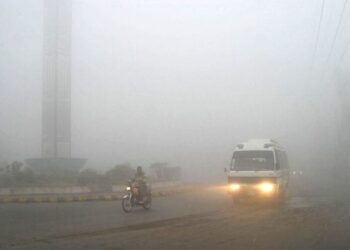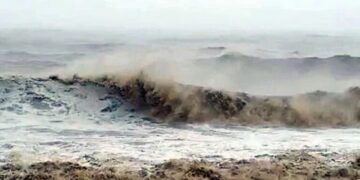 Follow Us on Google News
Follow Us on Google News
GENEVA: The World Health Organisation has acknowledged emerging evidence of the airborne spread of the novel coronavirus, after a group of scientists urged the global body to update its guidelines on the spread of the respiratory disease.
“We have been talking about the possibility of airborne transmission and aerosol transmission as one of the modes of transmission of COVID-19,” Maria Van Kerkhove, technical lead on the COVID-19 pandemic at the WHO, told a news briefing.
The WHO has previously said the virus spreads primarily through small droplets expelled from the nose and mouth of an infected person that quickly sink to the ground.
In an open letter to the health agency, 239 scientists in 32 countries outlined evidence that they say shows floating virus particles can infect people who breathe them in. Since these smaller exhaled particles can linger in the air, scientists had been urging WHO to update its guidance.
READ MORE: Over 200 scientists advise WHO to review COVID-19 recommendations
Benedetta Allegranzi, WHO’s technical lead for infection prevention and control, said there was evidence emerging of airborne transmission of the coronavirus, but that it was not definitive.
“The possibility of airborne transmission in public settings – especially in very specific conditions, crowded, closed, poorly ventilated settings that have been described, cannot be ruled out,” she said. “However, the evidence needs to be gathered and interpreted, and we continue to support this.”
Any change in the WHO’s assessment of risk of transmission could affect its current advice on keeping one metre of physical distancing. Governments, which rely on the agency for guidance policy, may also have to adjust public health measures aimed at curbing the spread of the virus.
Van Kerkhove said the WHO would publish a scientific brief summarising the state of knowledge on modes of transmission of the virus in the coming days.
“A comprehensive package of interventions is required to be able to stop transmission,” she said. “This includes not only physical distancing, it includes the use of masks where appropriate in certain settings, specifically where you can’t do physical distancing and especially for healthcare workers.”
![]() Follow Us on Google News
Follow Us on Google News






